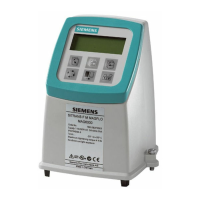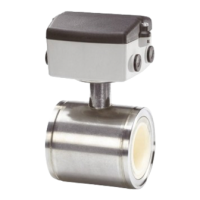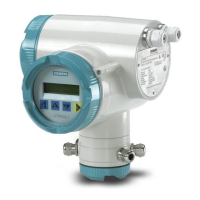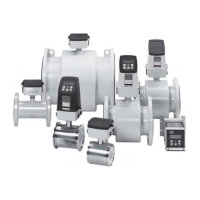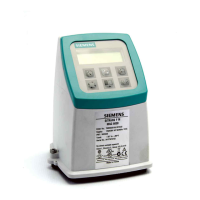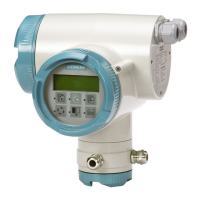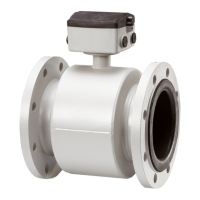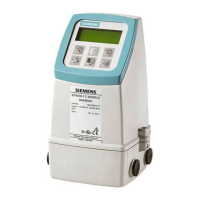WARNING
Improper laying of shielded cables
Risk of explosion through compensating currents between hazardous area and the
non‑hazardous area.
● Shielded cables that cross into hazardous areas should be grounded only at one end.
● If grounding is required at both ends, use an equipotential bonding conductor.
WARNING
Uncovered non-intrinsically safe circuits
Risk of explosion in hazardous areas or electric shock when working on non-intrinsically safe
circuits.
If intrinsically safe and non-intrinsically safe circuits are operated in an enclosure with the type
of protection "Increased safety Ex e", the connections of the non-intrinsically safe circuits must
be additionally covered.
● Ensure that the cover of the non-intrinsically safe circuits complies with degree of
protection IP30 or higher according to IEC/EN 60529.
● Separate connections of the non-intrinsically safe circuits in accordance with IEC/
EN 60079-14.
WARNING
Insufficient isolation of intrinsically safe and non-intrinsically safe circuits
Risk of explosion in hazardous areas.
● When connecting intrinsically safe and non‑intrinsically safe circuits ensure that isolation
is carried out properly in accordance with local regulations for example IEC 60079-14.
● Ensure that you observe the device approvals applicable in your country.
WARNING
Connecting device in energized state
Risk of explosion in hazardous areas.
● Connect devices in hazardous areas only in a de-energized state.
Exceptions:
● Devices having the type of protection "Intrinsic safety Ex i" may also be connected in
energized state in hazardous areas.
● Exceptions for type of protection "Increased safety ec" (Zone 2) are regulated in the
relevant certificate.
Connecting
4.1 Basic safety notes
SITRANS FC430
Compact Operating Instructions, 09/2019, A5E39940293-AB 31
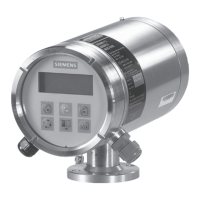
